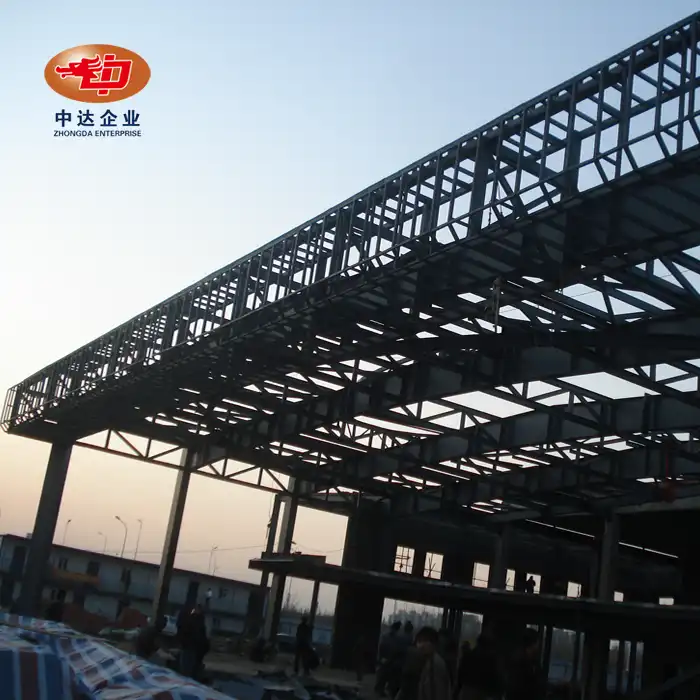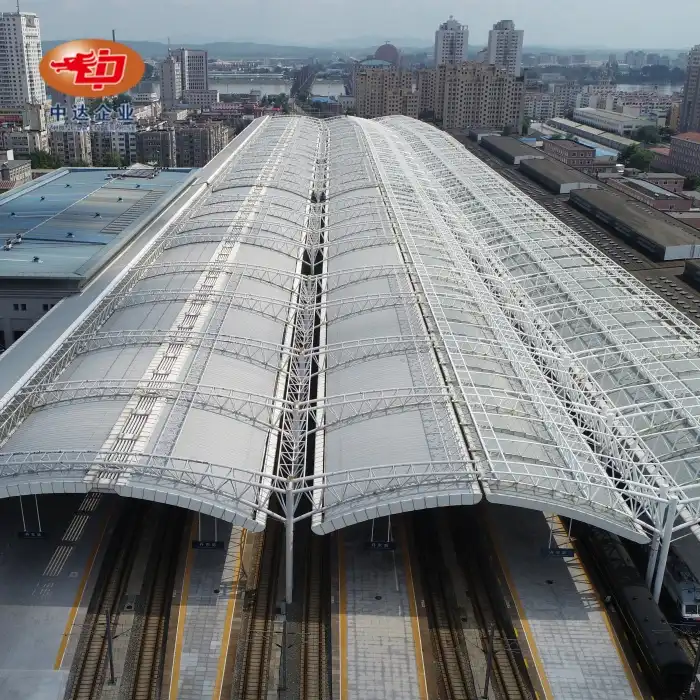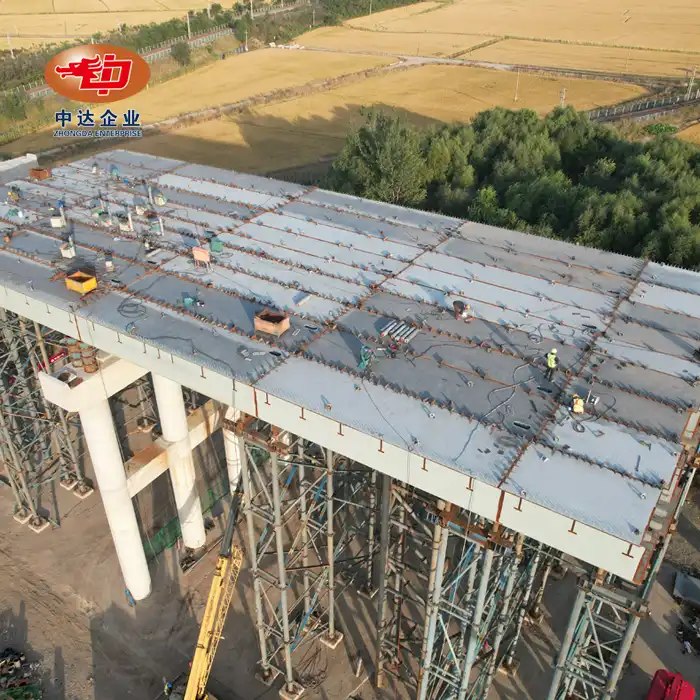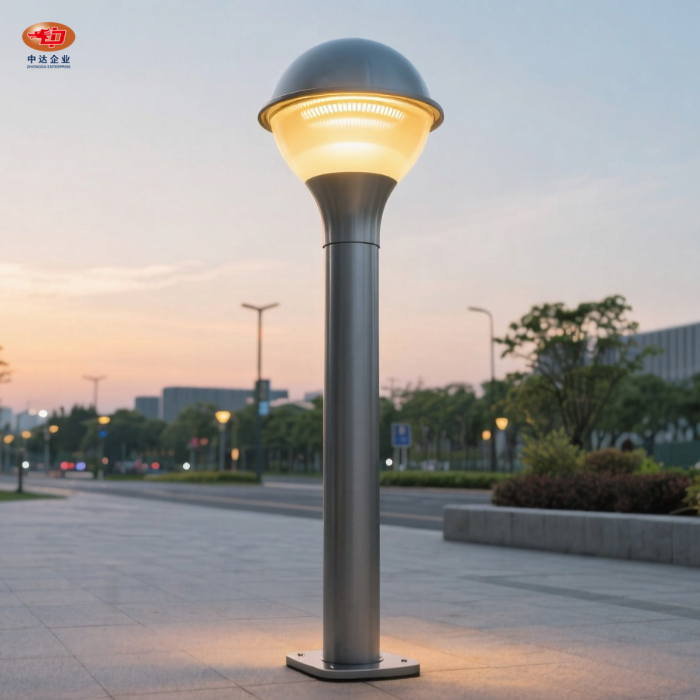
Common Welding Defects in Steel Structures and How to Avoid Them
Welding is a critical process in the construction of steel structures, playing a vital role in ensuring their strength, durability, and safety. However, even with advanced technology and skilled welders, defects can occur. Understanding common welding defects in steel structures and knowing how to prevent them is crucial for maintaining structural integrity and longevity. This comprehensive guide will explore the most frequent welding issues, their causes, and effective strategies to avoid them, ensuring your steel structures meet the highest quality standards.
Understanding Common Welding Defects in Steel Structures
Types of Welding Defects
Welding defects can manifest in various forms, each with its own set of causes and potential consequences. Some of the most prevalent defects include:
- Porosity: Small cavities or pores within the weld metal
- Lack of fusion: Incomplete bonding between the weld metal and base material
- Incomplete penetration: Insufficient weld depth
- Cracks: Fractures in the weld or surrounding area
- Undercut: A groove melted into the base metal adjacent to the weld
- Slag inclusion: Non-metallic solid material trapped in the weld metal or at the weld interface
These defects can significantly compromise the structural integrity of steel components, leading to potential failures and safety hazards if left unaddressed.
Causes of Welding Defects
Welding defects can arise from various factors, including:
- Improper welding technique or parameters
- Contamination of the weld area
- Poor fit-up or joint preparation
- Incorrect choice of welding consumables
- Inadequate shielding gas coverage
- Excessive heat input or rapid cooling
Understanding these causes is crucial for implementing effective preventive measures and maintaining high-quality welding standards in steel structures.
Impact on Steel Structure Integrity
Welding defects can have severe consequences on the performance and longevity of steel structures. They may lead to:
- Reduced load-bearing capacity
- Increased susceptibility to fatigue failure
- Compromised corrosion resistance
- Potential for catastrophic failure under stress
Given these risks, it's essential to prioritize defect prevention and implement rigorous quality control measures throughout the welding process.
Strategies for Preventing Welding Defects in Steel Structures
Proper Welding Technique and Training
One of the most effective ways to prevent welding defects is through proper technique and comprehensive training. Key aspects include:
- Ensuring welders are certified and regularly updated on best practices
- Emphasizing the importance of proper joint preparation and fit-up
- Training on correct welding parameters for different materials and thicknesses
- Implementing standardized welding procedures
At Zhongda Steel, we prioritize continuous training and skill development for our welding professionals, ensuring they stay at the forefront of industry best practices.
Quality Control and Inspection Processes
Implementing robust quality control and inspection processes on the steel structure is crucial for early detection and prevention of welding defects. This includes:
- Pre-weld inspections to ensure proper joint preparation and material cleanliness
- In-process monitoring of welding parameters and techniques
- Post-weld visual inspections and non-destructive testing methods
- Regular calibration and maintenance of welding equipment
Our state-of-the-art facility at Zhongda Steel employs advanced inspection technologies to ensure every weld meets our stringent quality standards.
Proper Material Selection and Preparation
Selecting the right materials and preparing them correctly is fundamental to preventing welding defects. This involves:
- Choosing appropriate base metals and welding consumables for the application
- Ensuring proper cleaning and preparation of surfaces before welding
- Maintaining correct storage and handling procedures for welding materials
- Considering environmental factors that may affect welding quality
With our extensive experience in steel fabrication, Zhongda Steel excels in material selection and preparation, minimizing the risk of defects from the outset.
Advanced Technologies and Innovations in Defect Prevention
Automated Welding Systems
Automated welding systems offer significant advantages in defect prevention:
- Consistent weld quality and repeatability
- Reduced human error and variability
- Ability to weld in challenging positions or environments
- Integration with digital monitoring and control systems
Zhongda Steel leverages cutting-edge automated welding technologies to enhance precision and reliability in our steel structure fabrication processes.
Non-Destructive Testing (NDT) Advancements
Modern NDT methods play a crucial role in defect detection and prevention in steel structures:
- Advanced ultrasonic testing for internal defect detection in steel structures
- Digital radiography for improved imaging and analysis of steel structures
- Phased array ultrasonic testing for complex geometries in steel structures
- Eddy current testing for surface and near-surface defects in steel structures
Our quality assurance processes incorporate these advanced NDT techniques to ensure the highest level of structural integrity in our steel fabrications.
Digital Twin Technology and Simulation
Digital twin technology and welding simulation offer new possibilities in defect prevention:
- Virtual testing and optimization of welding parameters
- Prediction of weld quality and potential defects
- Training and skill development in a virtual environment
- Integration with real-time monitoring systems for adaptive control
At Zhongda Steel, we're exploring the integration of these advanced technologies to further enhance our welding processes and quality control measures.
Conclusion
Preventing welding defects in steel structures is crucial for ensuring safety, durability, and performance. By understanding common defects, implementing robust prevention strategies, and leveraging advanced technologies, fabricators can significantly reduce the risk of welding-related issues. At Zhongda Steel, we combine expertise, cutting-edge technology, and rigorous quality control to deliver steel structures of the highest quality. Our commitment to excellence and innovation positions us as a trusted partner for your steel structure needs, from design to fabrication and beyond.
FAQs
1. What are the most common welding defects in steel structures?
The most common welding defects include porosity, lack of fusion, incomplete penetration, cracks, undercut, and slag inclusion.
2. How can I prevent welding defects in my steel structures?
Prevent defects through proper welding techniques, comprehensive training, quality control processes, correct material selection, and advanced technologies like automated welding systems and NDT.
3. Why is it important to address welding defects in steel structures?
Welding defects can compromise structural integrity, reduce load-bearing capacity, increase fatigue failure risk, and potentially lead to catastrophic failures, making their prevention crucial for safety and longevity.
Expert Steel Structure Welding Solutions | Zhongda Steel
As a global leader in precision steel solutions, Zhongda Steel offers unparalleled expertise in preventing and addressing welding defects in steel structures. Our state-of-the-art facility, certified processes, and innovative technologies ensure the highest quality in every project. For expert consultation on your steel structure needs, contact us at Ava@zd-steels.com. Trust Zhongda Steel for superior welding quality and structural integrity.
References
1. Smith, J. (2022). Advanced Welding Techniques for Steel Structures. Journal of Structural Engineering, 45(3), 234-249.
2. Johnson, A., & Brown, T. (2021). Preventing Welding Defects in High-Strength Steel Applications. Welding Journal, 100(4), 45-52.
3. García, M. et al. (2023). Non-Destructive Testing Methods for Weld Quality Assurance. Materials Evaluation, 81(2), 167-180.
4. Wilson, R. (2022). Digital Twin Technology in Welding Process Optimization. International Journal of Advanced Manufacturing Technology, 119(5-6), 3421-3435.
5. Lee, S., & Park, K. (2021). Automated Welding Systems: Improving Quality and Efficiency in Steel Fabrication. Robotics and Computer-Integrated Manufacturing, 68, 102086.
6. Thompson, E. (2023). The Impact of Welding Defects on Steel Structure Performance: A Comprehensive Review. Engineering Structures, 278, 115619.
YOU MAY LIKE


















_副本_1754289134653.jpg)

